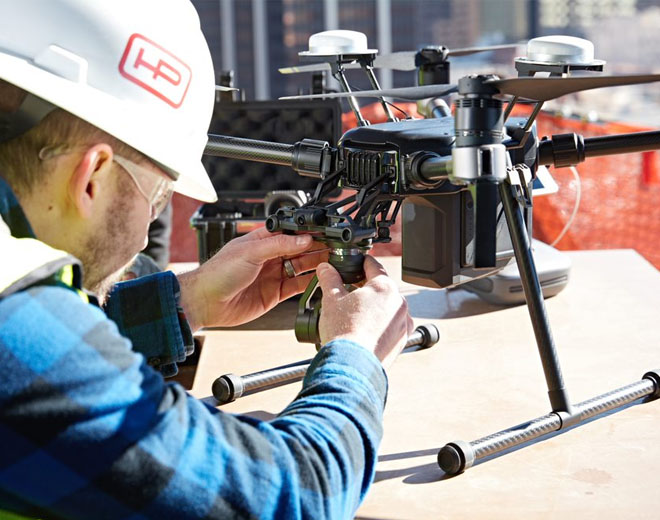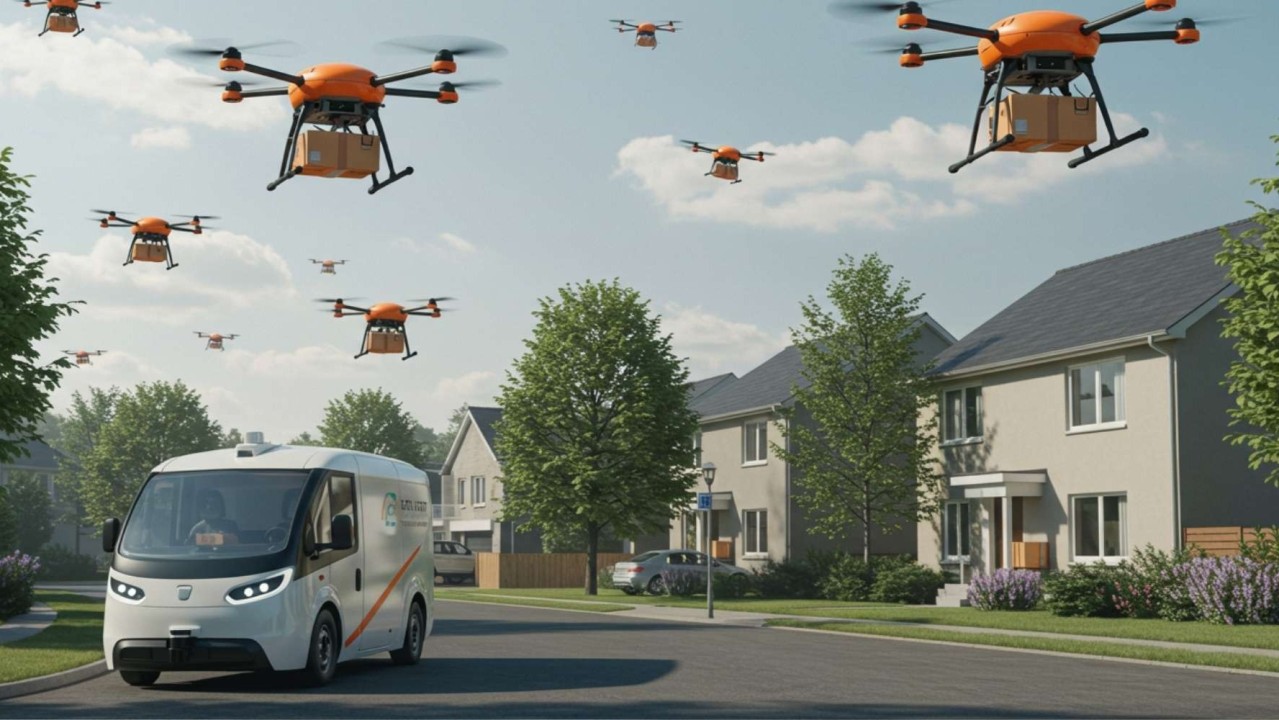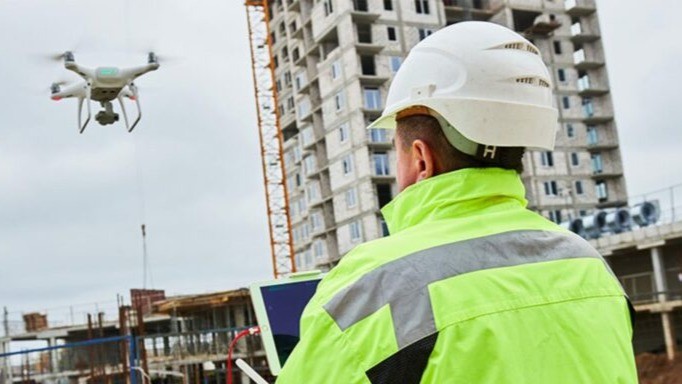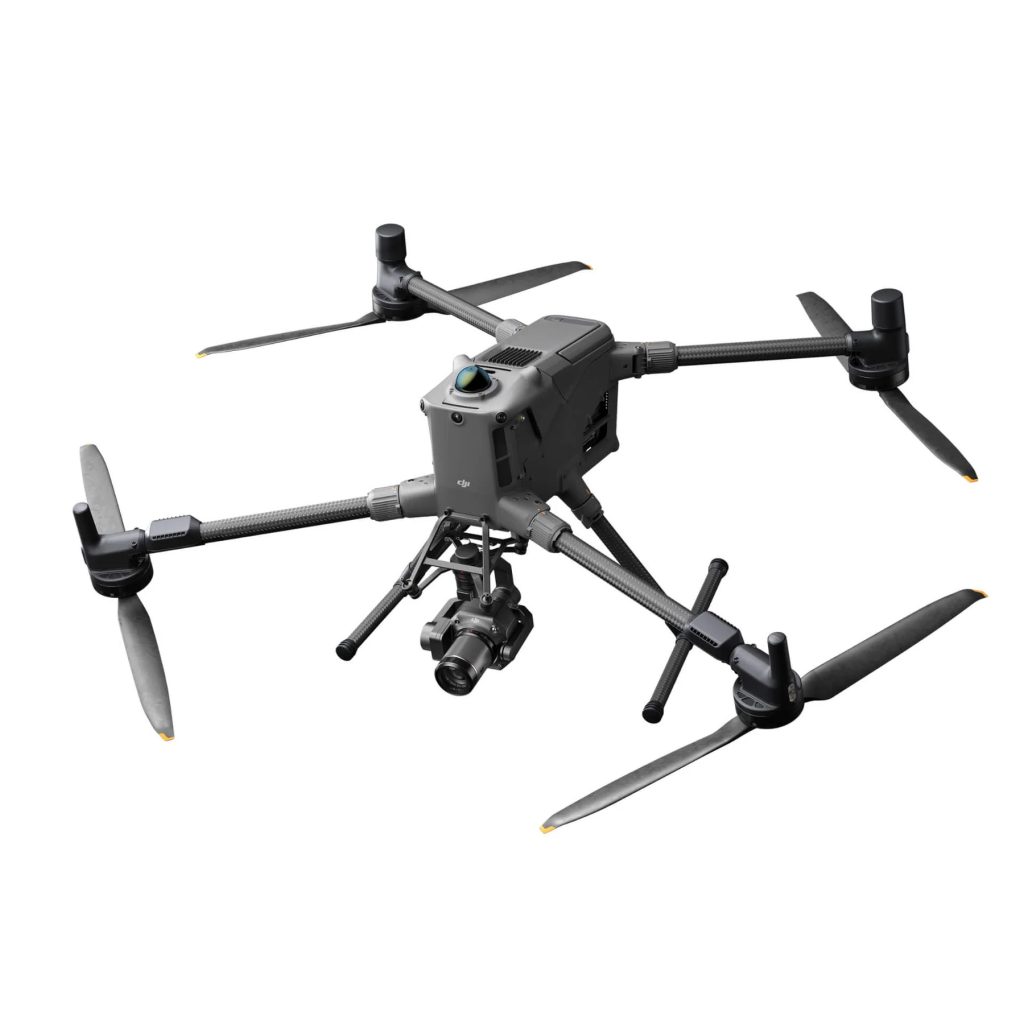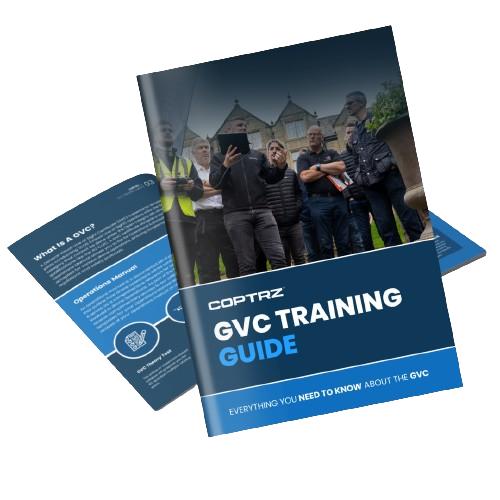Drones For Livestock Management – Drones For Good
Whatever the size of herd or the pastures upon which they graze, monitoring and moving stock on the farm can be effectively carried out by drones. Drones For livestock management is the next logical step in agricultural technology.
In this article you will learn;
- Livestock management at present
- The basics of drones in agriculture
- Drones for livestock monitoring
- Drones for herding
- Drones for pasture monitoring
- Drones to prevent rustling
If you would like to speak to one of our experts about incorporating drones into your farming, contact us here.
Drones fitted with cameras and thermal imaging capabilities can monitor livestock movement and health, perform counts and check in on land working crews. Finding stray cattle and lost sheep, and detecting sick or injured animals can be performed by unmanned aircraft to reduce the need for feet on the ground and enhance the information available to farmers to manage livestock.
Use of unmanned aerial vehicles (UAVs) saves time and increases property awareness. Farming is fraught with factors over which farmers have little control – economics, disease and weather to name but a few. Drone technology enables precision farming and gives landowners access to a vast pool of data from which to plan.
Agriculture is the second largest industry after construction in drone adoption. The market for agricultural UAVs is predicted to reach over five billion GBP by 2026. The intelligent eye in the sky will be the tilt point by which livestock management becomes smart.
“In just 25 minutes I’ve completely mastered sheeping” – @JeremyClarkson
[10 seconds later]
“Oh shit.”Check out Jeremy Clarkson below using drone to herd sheep on his farm! pic.twitter.com/qYSqUeNIH9
— The Grand Tour (@thegrandtour) June 2, 2021
The sobering baseline stats
At the bottom line, loss of sheep and cows costs farmers money, a lot of money. In any given year, losses are large – up to one in five lambs, five percent of ewes and ten percent of calves born in dairy herds. The costs associated with disease and premature death of sheep flocks and cattle herds run into hundreds of millions of pounds every year.

Livestock management – as it is
Livestock provides us with the meat, dairy produce and eggs we eat, the wool and leather we wear, and a variety of products used in industry. Livestock is a renewable resource.
Traditional farming methods prevail in livestock management. These techniques have survived through the ages, right from the time when man first began raising animals to serve our needs.
The livestock industry has been slow to adopt new technology. It is a sector defined by shifting and unpredictable economics. That can make investment in new technology difficult, yet improving accuracy by enhancing tracking, monitoring and data returns presents an enormous opportunity for livestock managers.
The fundamental aspect of managing livestock is ensuring the proper care and feeding of animals. Where and what herds graze upon, maintaining health, preventing and treating disease, gathering produce and butchery, and collecting sowhat comes out (for use as fertiliser) are the core functions of livestock farming.
But farmers must also act as supervisors of staff, financial controllers and be salespeople liaising with agents and wholesalers. Nutritional technologies, genetics and digital technology are driving change in agriculture. Drones are playing a big part in the wider move towards “agri-tech”.
The basics of drones in agriculture
Typically, an agricultural drone setup includes propulsion and navigation systems, GPS navigational equipment, sensors and cameras. Programmable controllers are used to control flights by the farmer-pilot or to launch a programme of automated flights.
Agricultural UAVs are able to capture precise information – more accurately and efficiently than even aeroplanes and satellites. Drone-based agri-tech software processes the collected data and delivers it in an easy-to-read format.
Drones are also able to perform functions such as moving flocks and herds.

All creatures great and small – drones for monitoring livestock
Given that cattle and sheep spend extended times out in the fields, pastures, hills and moorland of the country, it is time-consuming and labour-intensive to monitor the whereabouts of herds and flocks.
Traditional tracking methods rely on human observations either by identifying them by natural features such as colouring and breed, or by marking and identifying individual animals by artificial means such as coloured collars, tags or painted-on symbols. This has potential for observer error and fatigue.
A drone used for surveillance purposes, equipped with a camera alone, is sufficient to add an autonomous, remote method for farmers and shepherds to track the whereabouts of livestock – to keep an eye on the stock from the kitchen table of the farmhouse.
But that power increases significantly with the addition of other technology such as sensors, GPS location information and animal identification systems.
Utilising UAVs in animal tracking and monitoring enables a full scope of livestock monitoring and management, including pasture utilisation, assessing and responding to livestock behaviour and planning grazing distribution.
Multi-UAV systems can perform some or all of the following functions:
- Downward facing cameras to track motion and orientation of livestock herds and individual animals;
- Thermal infrared imaging cameras to track location – particularly in darkness, poorly lit skies or through woodland and areas of thick undergrowth;
- GPS sensors to pinpoint locations with GPS-fitted collars fitted to animals.
- Livestock identification systems.
Precision Livestock Farming (PLF) is a method for managing individual animals by continuous and real-time monitoring of their health, welfare, production and environmental impact.
In a typical livestock monitoring programme, UAVs would initially achieve a sweeping coverage for the entire pasture, field or larger area to determine the present locations of all targeted animals. The resulting data can be used to identify livestock clustering and density, and to plot movement.
A limiting factor of current drones is in flight times due to battery constraints. So software can analyse livestock location, movement and tracking to minimise “flight to animal” times. This maximises drone efficiency and minimises flight distances and times from base to animal, animal to animal, and herd to herd, and back again.
After the initial sweep, the UAV would continue to fly and monitor animal movement. The resultant data provides real-time information on wandering patters and behaviour or processed results can be downloaded for later analysis, tracking and comparison.
Drones can even deploy facial recognition systems to identify individual animals.
If only they could talk – drones for monitoring livestock health
A handful of infections result in colossal losses for the farming industry every year. Bovine Viral Diarrhoea (BVD) is estimated to cost between £25 and £61m per annum in the UK while intestinal parasites and stomach worms cost British sheep farmers £84m a year.
Visual imaging of sheep and cattle can aid farmers to pick out potentially ailing animals who are displaying symptoms of disease. Being able to do this effectively and early enables swifter treatment with greater chances of success and crucially helps avoid further infection in herds and flocks.
Common symptoms of BVD in cattle include lethargy and loss of appetite. Common symptoms of intestinal parasites in sheep include weight loss, diarrhoea and weakness. These signs of disease, identified from large samples of animals, can be identified from visual monitoring caught on camera by an overhead drone which returns data to the farmhouse.
But the true potential power of livestock health monitoring when undertaken by drones lies in additional tech coupled with artificial intelligence.
Drones equipped with thermal imaging cameras and sensors from above are being used to pick out potentially sick or diseased animals. UAVs can measure vital information like weight, size and physical activity.
Machine learning and facial recognition systems can identify each animal. Software programmed to recognise shape, size and colour can pick out each cow or electronic identification tags can be fitted to pinpoint and differentiate between each Daisy and Dolly. Heart rate monitoring straps can relay data relating to animal stress and projects using the tech have been able to tell natural stressors apart and disregard any raised pulse caused by a drone hovering around the herd.
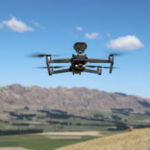
One man and his drones – UAVs for herding
Drone technology can drastically reduce herding time. New Zealand was one of the pioneer farming lands to perform this task. And there are a lot of sheep to herd in New Zealand – around 27 million.
In the spring of 2019, a shepherd in Rotherham, New South Wales, described how flying a drone had made the dirty and sometimes dangerous work of tending to sheep so much easier and more efficient:
“Winter time, it’s ideal for flying if sitting at home on a cold day. I don’t want to go outside, so I fly my drone round, have a look, make sure all my stock are behind the wire.
“Also when we’re lambing we can fly it round, it’s ideal with the [camera] zoom, going right in, looking at it [the drone monitor], not even disturbing the ewes.”
The model used was a DJI Mavic 2 Enterprise Dual, a low-cost solution for a huge task. The drone can be deployed to move stock and to check water and feed levels. The UAV can even be programmed to sound a dog bark at sheep to get them going.
Not only can the drone be used to make herding more efficient, but flying a UAV overhead prevents farm dogs from receiving a kicking from startled cows – particularly mothers protective of their calves.
And those droving and herding techniques are being replicated in the UK. A team from Harper Adams University carried out tests for rounding up sheep for their daily feed on a small farm in Shropshire.
Because the sheep quickly became accustomed to the drone “barking” at them, and because they quickly learned that actually the mysterious flying object wasn’t actually going to cause any harm, the herd was “trained” to associate the sound of the UAV with feed time to positively reinforce feeding behaviour.
In the bovine world, ranchers in Canada have been herding their cattle with the help of DJI drones fitted with DJI Zenmuse XT2 thermal and visual cameras to enable them to spot cattle both on open pastures and when beneath forest canopies. They can also deploy the drone to perform herd counts and thermal imaging can also be used to spot nearby predators.
Fields of green – drones for monitoring pastures
Drones are also ideally suited for monitoring pastures. Digital cameras and sensors along with high-resolution imagery offer excellent real-time information on ground vegetation conditions and can track conditions over time.
In Croatia, farmers used a Parrot drone to visualise pasture conditions through digital and infrared images.
Certainly, drones can monitor pastures in terms of maintenance, production and viability for maintaining herds and flocks of livestock. UAVs can assess watering spots and monitor potential drought conditions. They can identify heavily grazed areas and thickets of thistles which may cause harm to animals and move the flock should this be required.
In the wild – drones to prevent rustling
In the UK, sheep rustling is on the rise and costs farmers millions every year. Police have begun flying daytime and nighttime sorties using drones to detect potential thefts of valuable flocks.
The battle to keep one step ahead of criminal gangs who target farms is never-ending. The deployment of drone tech enables livestock managers and authorities to gain an advantage over rustlers to both identify thefts in progress and identify culprits by capturing images both of the rustlers in action and the vehicles they use to transit their woolly stolen hauls.
“Drones for good” is a phrase we hear often. And livestock management has been an underdeveloped sector for UAV deployment. That has changed rapidly in the last couple of years and it seems it won’t be long before the sound of rotors becomes as familiar in the countryside as the baas, moos and barks which have dominated the agricultural landscape for centuries.
If you would like to speak to one of our experts about incorporating drones into your farming, contact us here.
Download our FREE GVC Training Guide
Learn everything you need to know about becoming a drone pilot with our GVC training guide.
- Get a full course roadmap to understand every step of the journey
- Contains clear answers to all of the frequently asked questions
- Get a transparent and comprehensive breakdown of course costs


